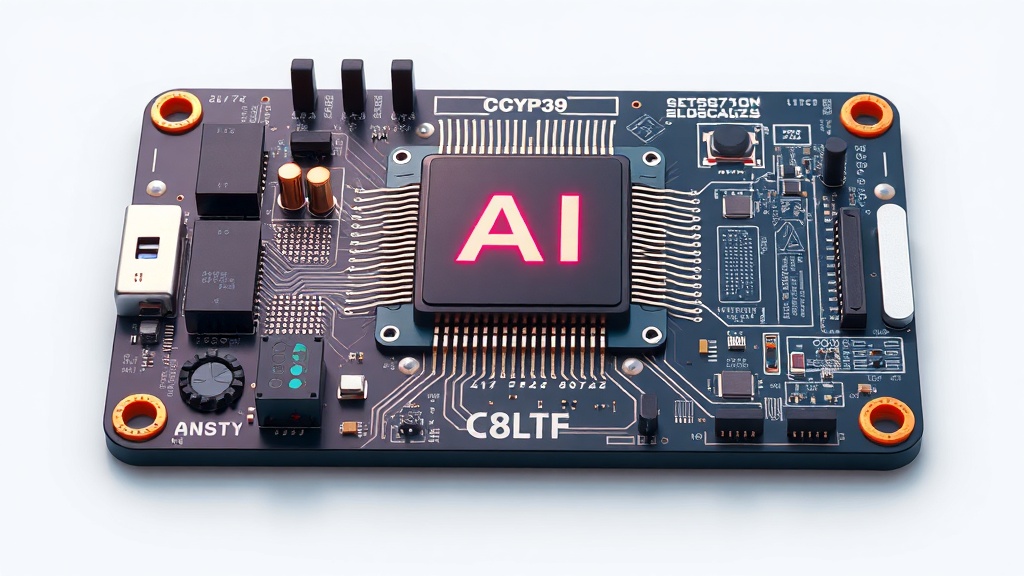Home / Business and Economy / Edge AI Hardware Market to Reach $130B by 2032 as Intelligent Devices Transform Industries
Edge AI Hardware Market to Reach $130B by 2032 as Intelligent Devices Transform Industries
14 Nov
Summary
- Edge AI hardware market expected to grow at 23.98% CAGR to $130.18B by 2032
- Driven by rising AI adoption, IoT, and 5G for real-time data processing
- Enabling privacy, security, and low latency for mission-critical applications

As of November 14th, 2025, the edge AI hardware market is undergoing a significant transformation, driven by the growing adoption of artificial intelligence (AI) and the increasing demand for real-time data processing across industries.
According to the latest market research, the edge AI hardware market is expected to be valued at USD 23.32 billion in 2024 and reach USD 130.18 billion by 2032, growing at a compound annual growth rate (CAGR) of 23.98% during the forecast period (2025-2032). This rapid growth reflects a shift toward intelligent edge devices that improve operational efficiency, reduce latency, and enable faster decision-making.
The proliferation of connected devices, the expansion of the Internet of Things (IoT) applications, and the widespread adoption of 5G infrastructure are key drivers of this market. Edge AI processes data directly on devices such as smartphones, cameras, drones, and industrial sensors, eliminating dependency on central cloud servers. This local processing capability not only enhances privacy and security but also significantly improves response times for mission-critical applications.
Industries such as manufacturing, automotive, healthcare, and retail are increasingly adopting edge-based AI solutions for predictive maintenance, quality control, patient monitoring, and personalized shopping experiences. The integration of AI chips into consumer electronics, self-driving vehicles, and smart infrastructure is further accelerating the global expansion of the market.
The edge AI hardware market is also undergoing a technological transformation driven by advances in specialized processor and semiconductor technologies. The development of low-power AI accelerators, neural processing units (NPUs), and systems-on-chips (SoCs) is enabling devices to perform complex AI calculations locally. Major technology companies are investing heavily in developing edge-optimized hardware that combines high computing performance with low power consumption.



